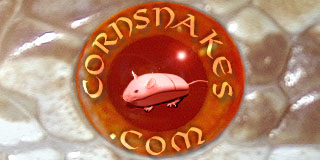as far as I know, there is no visible way to distinguish a het motley corn snake.
as isolated genetic traits go, motley is a longshot from "amel" (as an example) not because the genetic manipulation is any different - they are both the result of simple double-recesive genes, but because the expresion can vary so greatly....
Amel is Amel is Amel. no melanin.. pink eyes... that's about it. In conjunction with other specific cultivations it can produce a HUGE variety in corn snakes but it's still a rather simple effect, despite the dramatic outcome (examples: reverse okeetee, candycane, sunglowetc...)
Motley, on the other hand, is a far more devious beast. Not only does motley "combine" with every other known trait or multi-trait in much the same way as amelanism, the motley gene itself is a deep mystery with a multitude of expresions. As Pinta said, just about the only thing you can say about any motley is that they lack the typical belly checkering. People have cultivated 2 recognised exterme "states" of motleyism, those being Striped and Hurricane (the phase you mention, when the saddles are so large that they encircle the "background" and become the major color of the snake instead of the minor color. Of course, a mating between motleys can result in anything inbetween those extemes as well. Even more interesting mating a motley with a het motley if you have never seen the ancestors of the the het snake

You can't say that about a snake het for amel.
^Curtis
